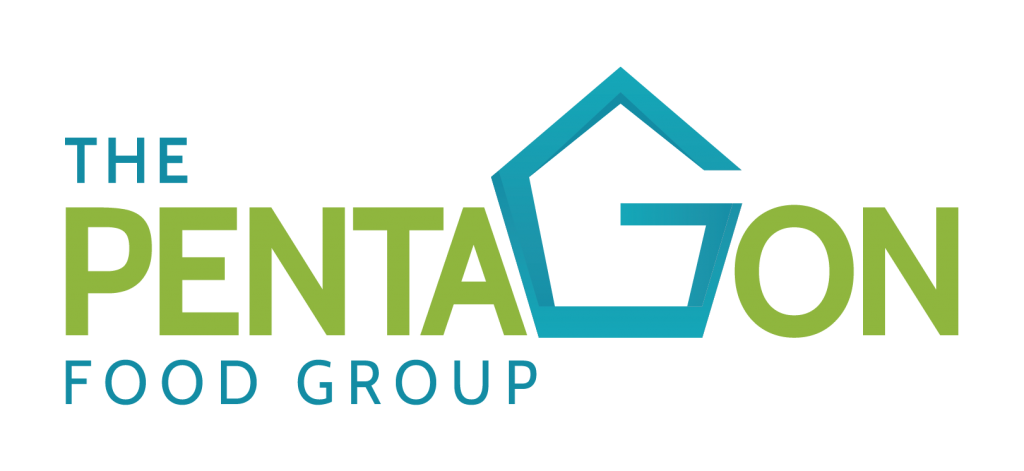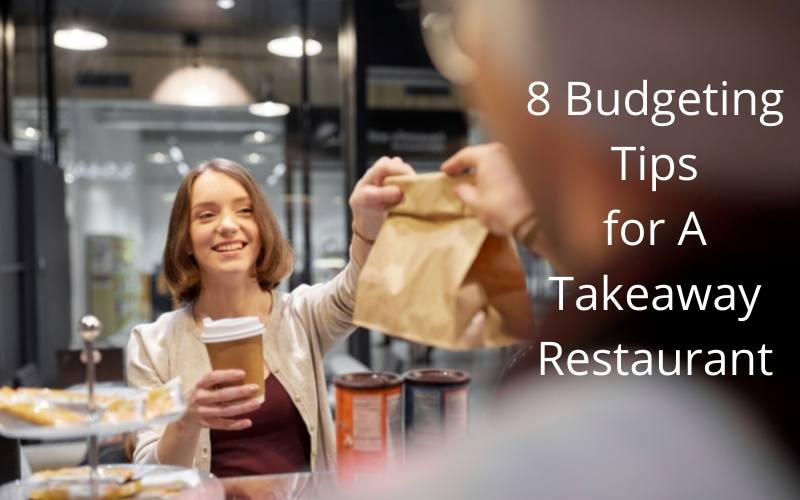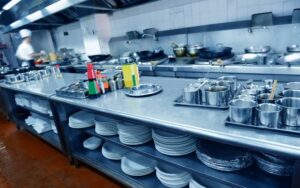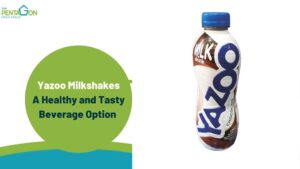A restaurant budget is a necessity for any business with the goal of success. It’s one of the key elements to your plan, and it should be prepared before you open your doors. You must estimate the revenues and expenses for the first year of operation because without this information, you will not know how much money you need to start your restaurant business.
Many restaurateurs fail to prepare a budget in advance because they are either not sure how to do it or fear that they will have to change something later on. New entrepreneurs tend to focus more on the tasks at hand like designing the menu and decorating the place instead of being realistic about what they can afford.
They also don’t consider that they need to make adjustments once their business starts operating. The budget is only as good as its accuracy, so if you have a strong financial background, it would be worth spending time learning how to create one correctly.
Unfortunately, most people lack this skill set and end up making costly mistakes when estimating their monthly expenses or sales projections. For example, opening a restaurant requires an initial investment that can run into millions depending on where you live and what type of cuisine you want to serve.
Fast food outlets are typically located in places where people are “on the go”. You’ll find them near gas stations, in strip malls, at airports and on college campuses. They’re designed for quick service via drive-through or carryout.
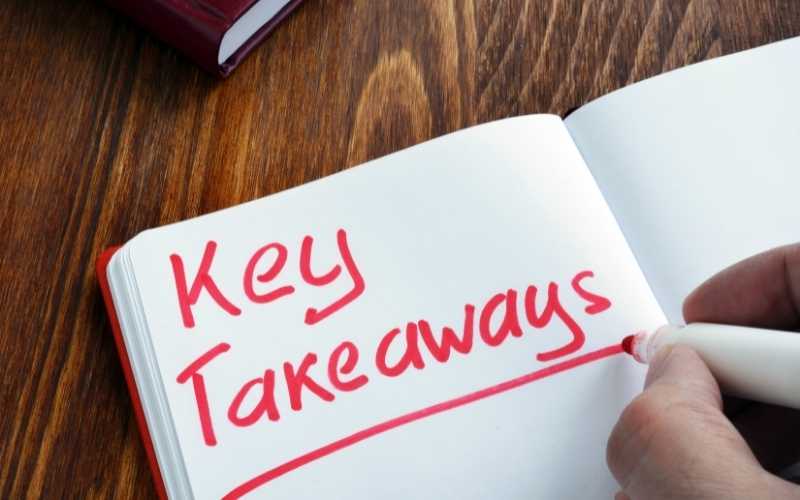
To budget for opening a takeaway restaurant, you need to calculate the cost for the first 3 months. To calculate this you’ll need to do your own research but here is a summary of the costs you need to consider:
- Rent and deposit for premises
- Costs of hiring staff
- Cost of food and drink
- Marketing and promotion
- Set a daily budget for your restaurant
- Get a good point of sale system
- Always check your inventory weekly
- Take order from one supplier to get the best deals
1. Rent and Deposit for Premises
This will vary depending on location but expect to pay an amount per month plus a security deposit of up to 2 months’ rent. If you’re looking at moving into an existing takeaway business, it’s likely that the rent will be higher as they will have already negotiated it with the landlord.
You may also have to make changes to the premises, such as adding extraction systems, or installing new equipment if the previous owners took their stuff with them when they left. You’ll need permission from your landlord before making these changes and may have to pay them rental fees while work takes place.
2. Cost of Hiring Staff
If you are looking to start a restaurant, the first thing you will need is a team. The success of your restaurant is going to be dependent on your staff. Not only will they be cooking and serving the food, but they will also be representing your brand.
When you’re creating your business plan, consider what type of people would be best suited to working in your restaurant. What skills are going to be essential? Is there anything particular that they’ll need to know or have experience doing? Type this information into a document or spreadsheet so that when you do go to hire staff, you can use it as a checklist.
3. Cost of Food and Drink
When you’re planning on opening a restaurant, the budget is one of your primary concerns. Food and beverage costs are usually the first items in your budget to consider, since they’re typically the largest part of your operational expenses.
From an operational perspective, food is defined as anything that can be eaten or consumed by patrons. The raw ingredients that go into preparing menu items and beverages are considered food costs. Restaurant owners who want to maximize their profits will examine food costs closely to determine whether certain menu items are too expensive to produce or not profitable enough so they can make adjustments accordingly.
In order for you to create an accurate budget for food costs, you’ll need to calculate a cost percentage for each item on your menu. There are several methods that can be used to do this; one method is called “costing out” each individual item on your menu. Another method involves costing out each recipe contained within your menu items and then assigning a selling price
Generally this cost can be kept low, as most food and drink is bought locally. However, sometimes restaurants are able to get special deals from large suppliers.
4. Marketing and Promotion
Any business needs to attract customers, and takeaway businesses are no exception. Therefore, you will need to come up with a good marketing plan that includes putting a sign outside your restaurant, as well as advertising in local newspapers or magazines. You may also wish to distribute flyers locally, or even advertise on the radio. If you have a website, you could consider running an e-mail campaign by sending out weekly newsletters with promotions and new menu items.
5. Set a Daily Budget for Your Retaurant
Be realistic about what you can afford to spend each day. Some businesses are seasonal, so consider whether there will be times when your sales or expenses are higher or lower than normal. For example, if you sell ice cream, you may need more funds for advertising during the summer months when people are looking for ways to cool off.
You should also consider how often you will pay yourself. Remember that your personal income is part of your business’ overhead. You’ll need to factor this into your budget as well.
6. Get a Good Point of Sale System
It tracks your costs and sales, so you can create cost analysis reports to see which items are your most profitable ones, and then sell more of those items!
You can create food cost analysis reports that show you, for example, which items are your most profitable ones, so you can sell more of those items!
You can also find out which items aren’t selling well, and either change the recipe or stop making them.
It’s important to keep track of your costs so you know how much money you need to make each day. If you don’t know this number then it will be hard for you to set prices that will let you make a profit.
7. Always Check Your Inventory Weekly
Don’t wait until you run out of something before ordering more. Restaurant owners say that one of the most important aspects of running a successful business is taking regular stock and inventory. So, if you are about to start a restaurant or bar, it is highly recommended to check your inventory weekly to ensure that you don’t need to restock your kitchen or bar.
It is important for restaurants and bars to take stock on their inventory weekly because it offers a better understanding of what needs to be purchased in the future. You can purchase products based on how often they are being used. Purchasing large quantities of items that are not frequently used will waste money and space in your restaurant.
While it may seem like a simple task, doing inventory can be incredibly helpful for your business. While it might take up some of your time and energy, it will be well worth it in the long run. Inventory helps you find out what foods and drinks are selling well and what items need to be taken off the menu. It will also help you keep track of how much money is coming in and how much money is going out of your business.
8. Take Order From One Supplier to Get the Best Deals
If you’re getting into the restaurant business, get as much of your supplies as possible from one supplier. That way you get quantity discounts and free shipping.
And suppliers like to give discounts on shipping if they can also be your main supplier of other things. A good food supplier will prefer to have one customer who buys a lot from them to ten customers who each buy a little, because it’s easier for them to deal with one customer.
You’d think other restaurants would know this and everyone would order from the same place. But in practice it seldom works out that way, because there are too many things to order and everyone has their favorite vendors for different products. You should be able to do better by streamlining everything into one vendor whose job is to find the best deals for you in every category.
Shop around for quotes from food suppliers and find out if there are any new products that could replace more expensive items in your menu.
Watch out for specials and promotions on certain products. Try to plan ahead regarding what the specials will be for the next month or two so you can buy large quantities which will last longer and save you money.
Summing Up
The takeaway restaurant market is one of the fastest growing eating out options in the world, with high competition and low profit margins. The takeaway market has its own set of challenges and pitfalls that are often not faced by its high street counter parts, such as issues relating to food waste, sales forecasting and bookkeeping.
Your takeaway business needs a budget, and with the right information, you can easily create one. Starting by looking at your business cash flow on a daily basis, would give you a good idea of where you stand with your money. You’ll then know how much money is going out every day, and how much is coming in. You’ll also have a better idea of where all your outgoing expenses are going. And you can use this information to make informed decisions about what to budget for your funding goals.
Check also: Food Hygiene Requirements for Restaurants
Are you looking for a Free Consultation for Food Services Distribution? Contact Us!
